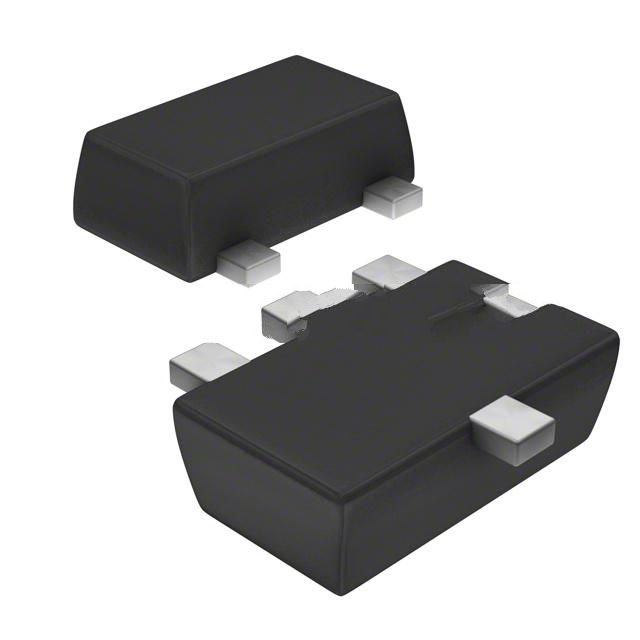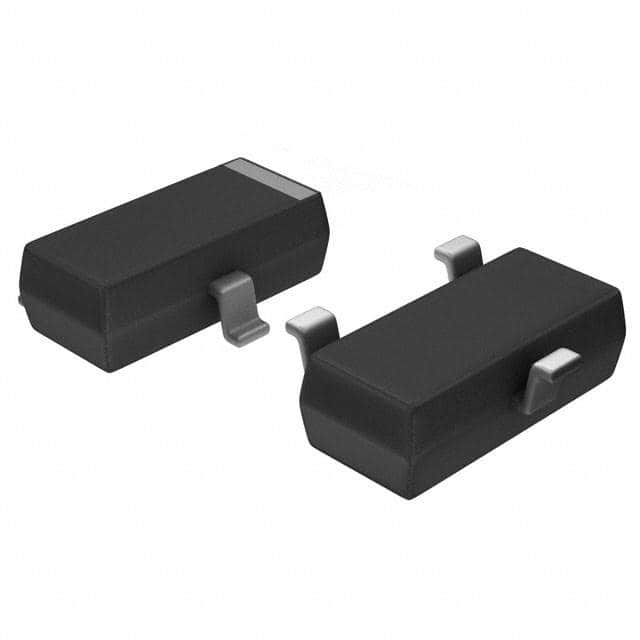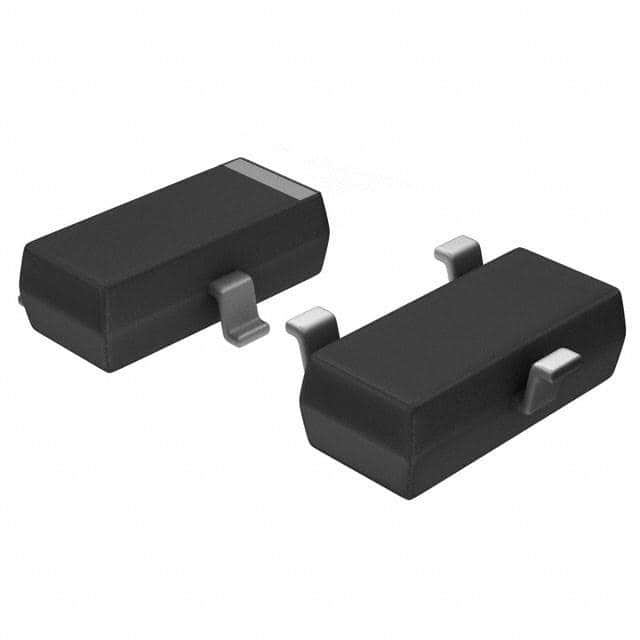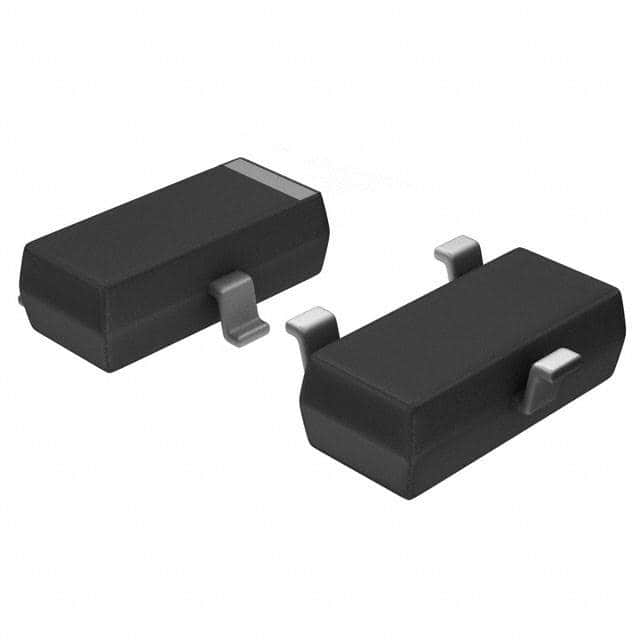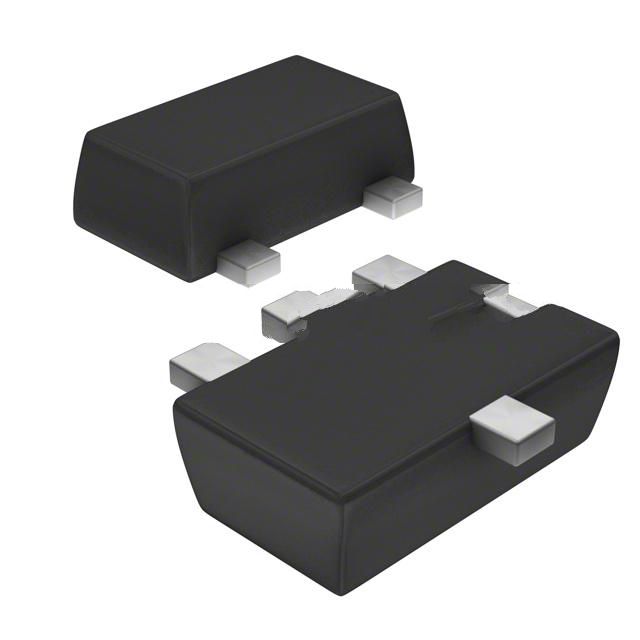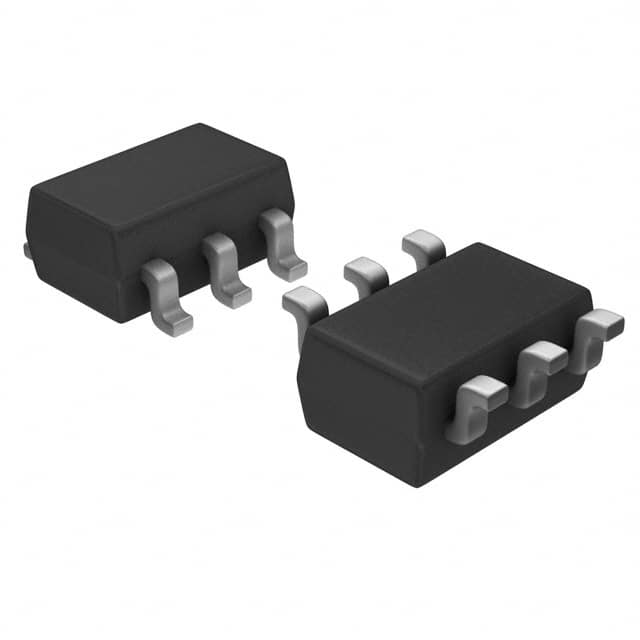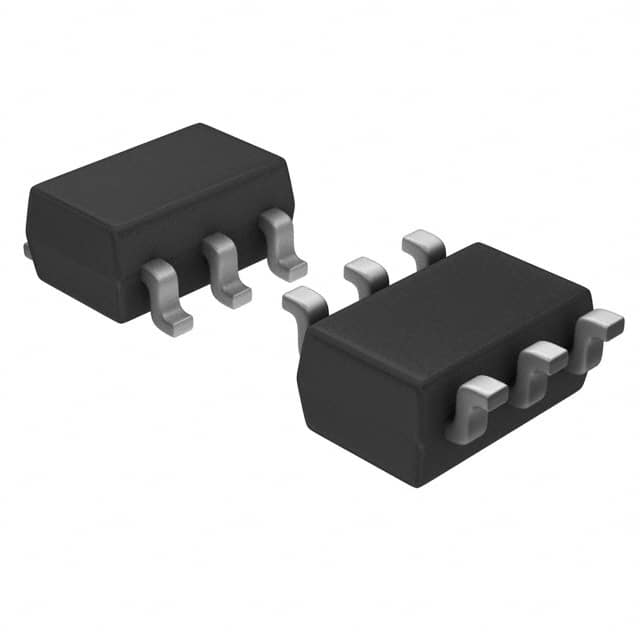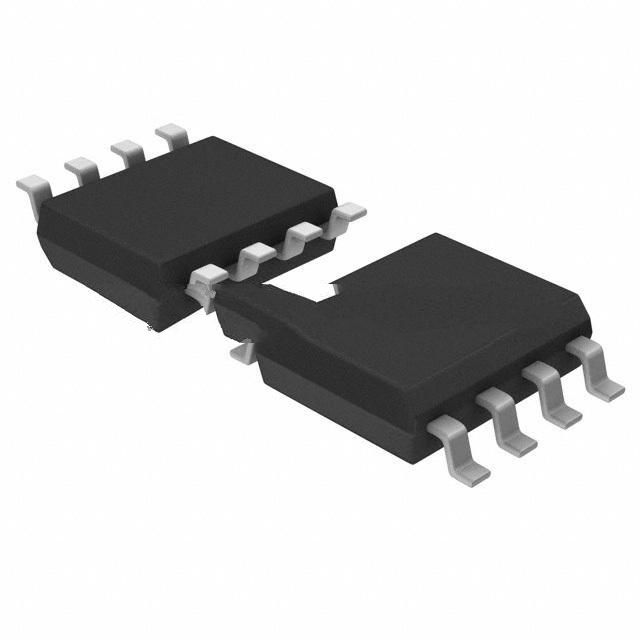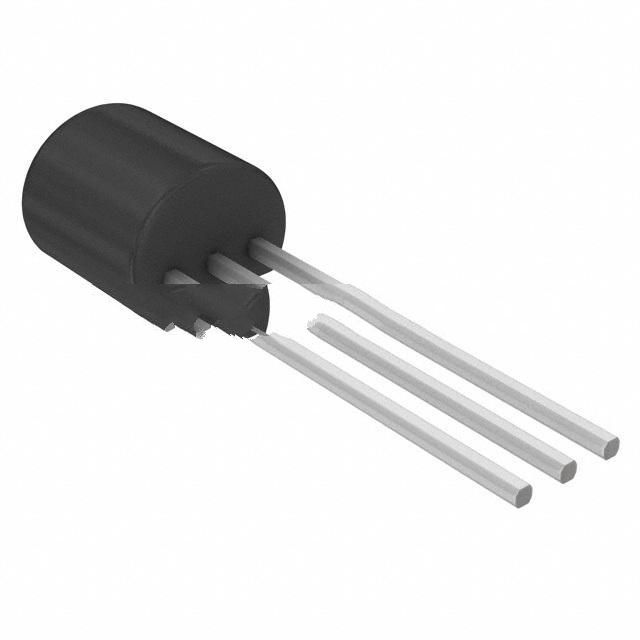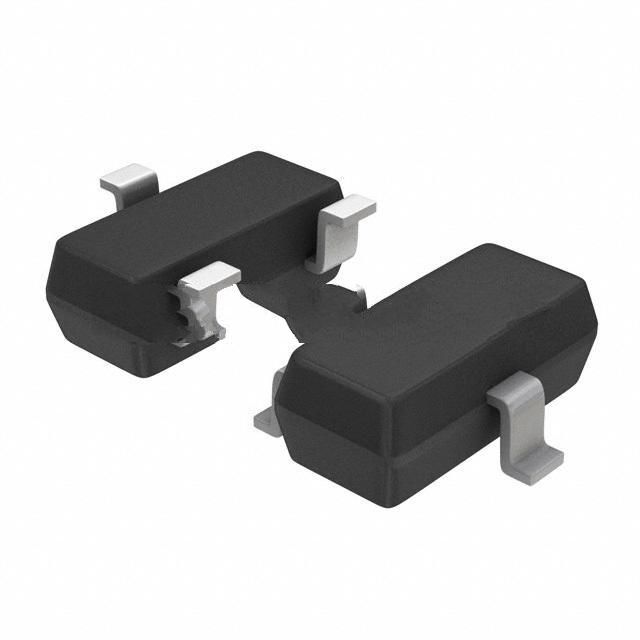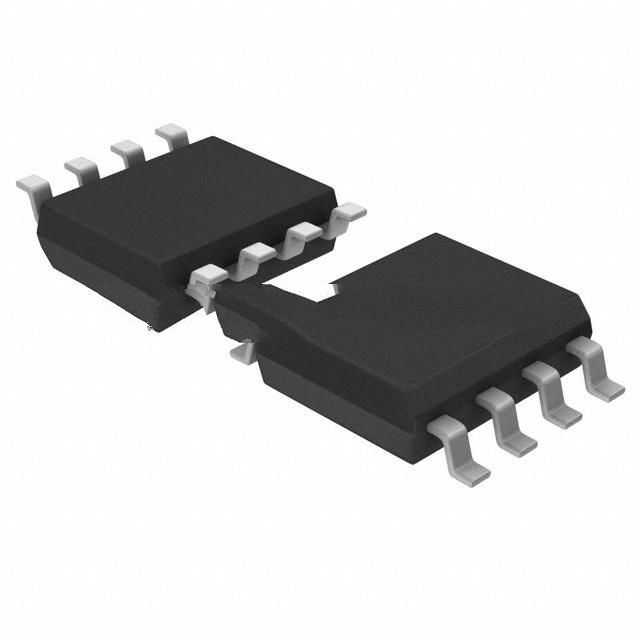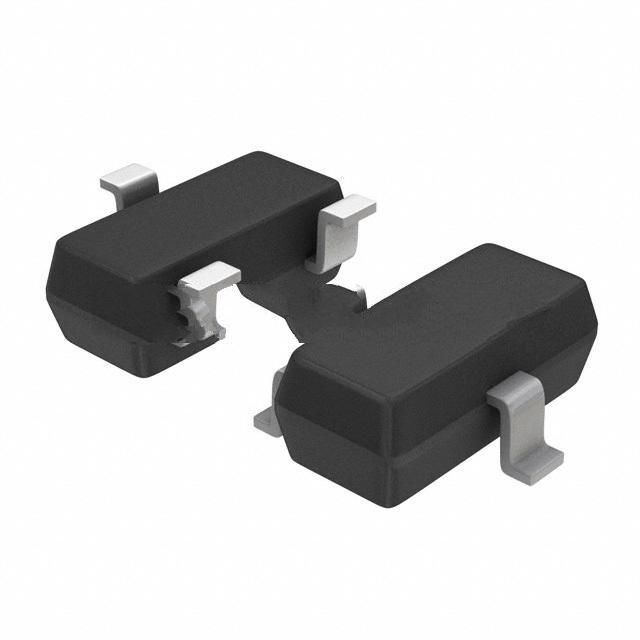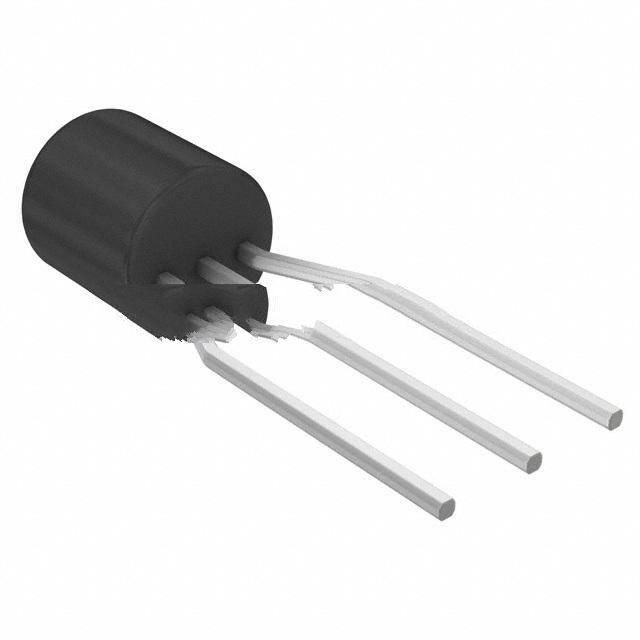LM431SBCMFX-G Product Introduction:
ON Semiconductor Part Number LM431SBCMFX-G(PMIC - Voltage Reference), developed and manufactured by ON Semiconductor, distributed globally by Jinftry. We distribute various electronic components from world-renowned brands and provide one-stop services, making us a trusted global electronic component distributor.
LM431SBCMFX-G is one of the part numbers distributed by Jinftry, and you can learn about its specifications/configurations, package/case, Datasheet, and other information here. Electronic components are affected by supply and demand, and prices fluctuate frequently. If you have a demand, please do not hesitate to send us an RFQ or email us immediately sales@jinftry.com Please inquire about the real-time unit price, Data Code, Lead time, payment terms, and any other information you would like to know. We will do our best to provide you with a quotation and reply as soon as possible.
Introducing the onsemi LM431SBCMFX-G, a versatile and high-performance voltage reference and shunt regulator. This innovative product is designed to provide precise and stable voltage references in a wide range of applications.
The LM431SBCMFX-G offers exceptional accuracy with a typical voltage tolerance of ±0.5% at room temperature, ensuring reliable and consistent performance. Its low dynamic impedance allows for excellent line and load regulation, making it ideal for applications that require precise voltage control.
With a wide operating voltage range of 2.5V to 36V, the LM431SBCMFX-G can be used in a variety of fields, including power supplies, battery chargers, and industrial control systems. Its small SOT-23 package makes it suitable for space-constrained designs, while its low quiescent current of 1.0mA ensures minimal power consumption.
The LM431SBCMFX-G also features a built-in temperature compensation circuit, ensuring accurate voltage references across a wide temperature range. This makes it suitable for applications that require stable voltage references in harsh environments.
With its exceptional performance, wide operating voltage range, and compact package, the onsemi LM431SBCMFX-G is the perfect choice for engineers and designers looking for a reliable and versatile voltage reference and shunt regulator. Experience the precision and stability of the LM431SBCMFX-G and take your designs to the next level.
Voltage Reference is an electronic component or circuit that provides accurate and stable voltage output. It is the standard used to establish the reference voltage in many electronic systems. The voltage reference can be a standalone integrated circuit (IC) or it can be a component included in a larger system. The output voltage of the voltage reference is usually very stable and is not affected by factors such as temperature changes, power supply voltage fluctuations, etc., which makes it an indispensable component in electronic design.
Application
Voltage Reference has a wide range of applications, covering almost all electronic devices and systems that require high-precision voltage reference. In the field of industrial automation, voltage reference is used in precision measuring instruments and sensor signal processing in process control systems to ensure the accuracy of measurement data and the stability of control processes. In the field of communication, as a reference voltage source for key components such as clock generator and signal modulator, it is very important to ensure the quality of communication. In the field of consumer electronics, with the popularity of smart devices, the demand for power management is increasing, and voltage reference plays an important role in battery management systems and charge control. In addition, in the field of medical electronics, aerospace, scientific research and other high-precision requirements.
FAQ about PMIC - Voltage Reference
-
1. What is a CMOS voltage reference?
CMOS voltage reference refers to a voltage standard used for digital circuit transmission. Its output voltage is lower than VSS+0.5V (VSS is digital ground) as logic 0, the output high level is about 0.9Vcc, and the output low level is about 0.1Vcc. The input voltage of the CMOS circuit is high when it is close to the power supply voltage and low when it is close to 0V. It has a wide noise margin and high input impedance.
-
2. When to use voltage reference?
The voltage reference is used in the following situations:
As a basis for measurement: When measuring voltage, the voltage reference provides a stable reference point, making the measurement result more accurate and reliable. When measuring, the negative end of the voltmeter is grounded and the positive end is connected to the measured point, so that the measured value is the voltage value of the measured point.
Adjust and calibrate other circuit elements: The reference voltage can be used to adjust and calibrate other circuit elements to improve the performance of the entire system. By comparing with the reference voltage, various parameters in the circuit can be accurately adjusted to ensure the stability and accuracy of the system.
Setting thresholds and judgments: In comparison circuits, reference voltages are used to set thresholds and make judgments. By comparing with the reference voltage, the rationality of various states and signals in the circuit can be determined.
Definition and function of voltage reference:
Voltage reference refers to the voltage value used as a reference in an electronic circuit. It can be constant or variable, but usually requires high precision, low noise and stability. The reference voltage is implemented through specialized integrated circuits, resistor networks, voltage regulators, and temperature compensation circuits to ensure that the voltage value in the circuit always remains within the set range, thereby ensuring the stability and accuracy of the system.
-
3. What is a shunt voltage reference IC?
A shunt voltage reference IC is a chip used to measure the potential of each point in a circuit, mainly used to determine the reference potential of the circuit. It converts a DC power supply or battery-powered AC power into a low-voltage differential voltage signal output through a resistor, and then converts it into a digital quantity by an AD conversion circuit. It is widely used in various measuring instruments, meters and control systems.
 Lead free / RoHS Compliant
Lead free / RoHS Compliant



